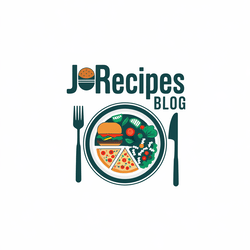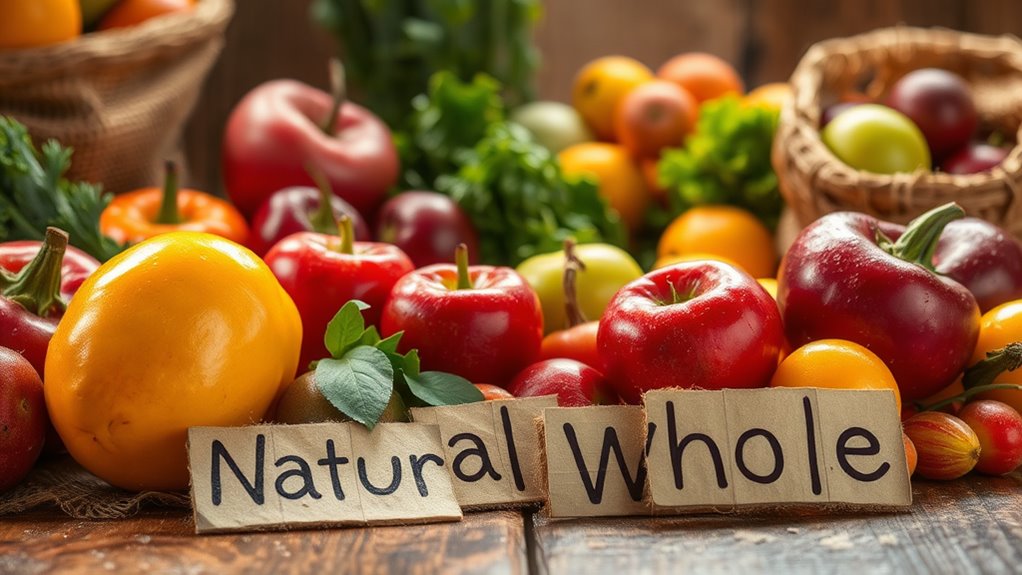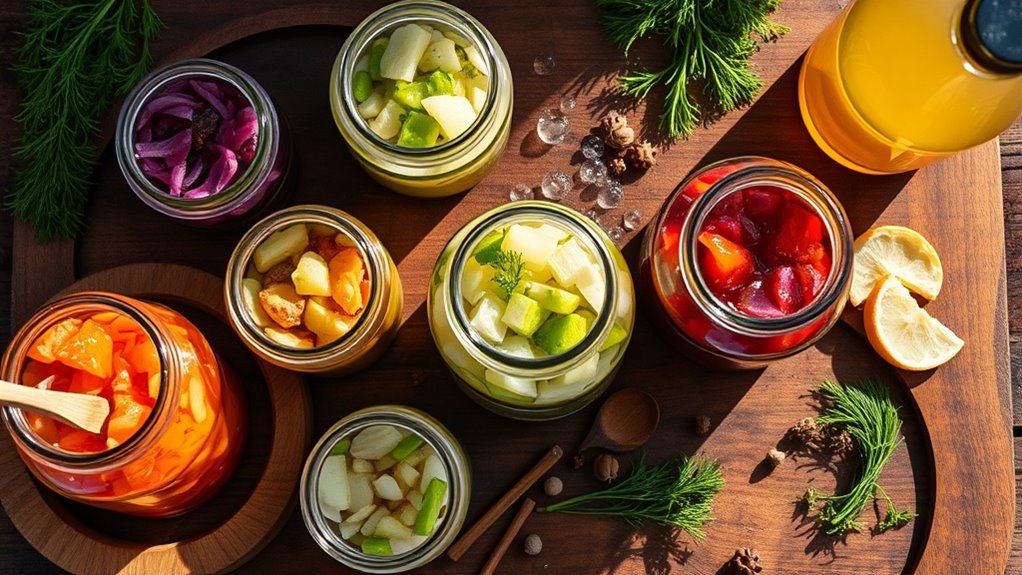What Labels Like ‘Natural’ and ‘Whole’ Really Mean
When you see labels like “natural” and “whole,” you might think you’re making healthier choices. But these terms aren’t as straightforward as they seem. Many products marketed with these labels can still contain additives and preservatives. Understanding what these labels really mean is crucial for your wellbeing. So, how can you navigate the tricky world of food labeling and ensure you’re making the best choices? Let’s explore this further.
Understanding ‘Natural’ in Food Labels
When you pick up a food product labeled as “natural,” it’s easy to assume it’s healthier or less processed.
However, food label facts reveal that this term isn’t strictly regulated. Many products can claim “natural” while still containing additives or preservatives.
To truly connect with what you’re eating, it’s essential to read labels carefully and understand what these descriptions really mean.
The Meaning of ‘Whole’ Foods
Whole foods are often celebrated for their simplicity and nutritional benefits.
These foods—like fruits, vegetables, whole grains, and nuts—connect you to nature and nourish your body.
Choosing whole foods means valuing what’s real and wholesome, fostering a sense of belonging to a community that prioritizes health.
Embracing whole foods not only enriches your diet but also strengthens your connection to others who share your values.
Regulatory Standards for Food Labels
Understanding regulatory standards for food labels is crucial, especially since these guidelines can significantly impact your purchasing decisions.
Familiarizing yourself with terms like “organic” or “non-GMO” helps you choose products that align with your values. These standards aim to ensure safety and transparency, so you can feel confident in what you’re putting on your table and share those choices with your community.
Misleading Labels and Marketing Tactics
Many consumers assume that terms like “natural” and “whole” on food labels guarantee a product’s quality, but that’s not always the case.
Companies often use these catchy phrases to create an image of healthiness while hiding less desirable ingredients.
It’s easy to feel misled, but you’re not alone—many share your frustration.
Stay aware and question what’s really in your food.
Making Informed Choices as a Consumer
How can you navigate the confusing world of food labels to make healthier choices?
Start by reading ingredient lists instead of relying solely on catchy phrases. Look for transparency in brands—those that prioritize clear labeling build trust.
Don’t hesitate to ask questions in stores or seek advice from friends. Together, you can empower each other to choose foods that truly nourish your body.



